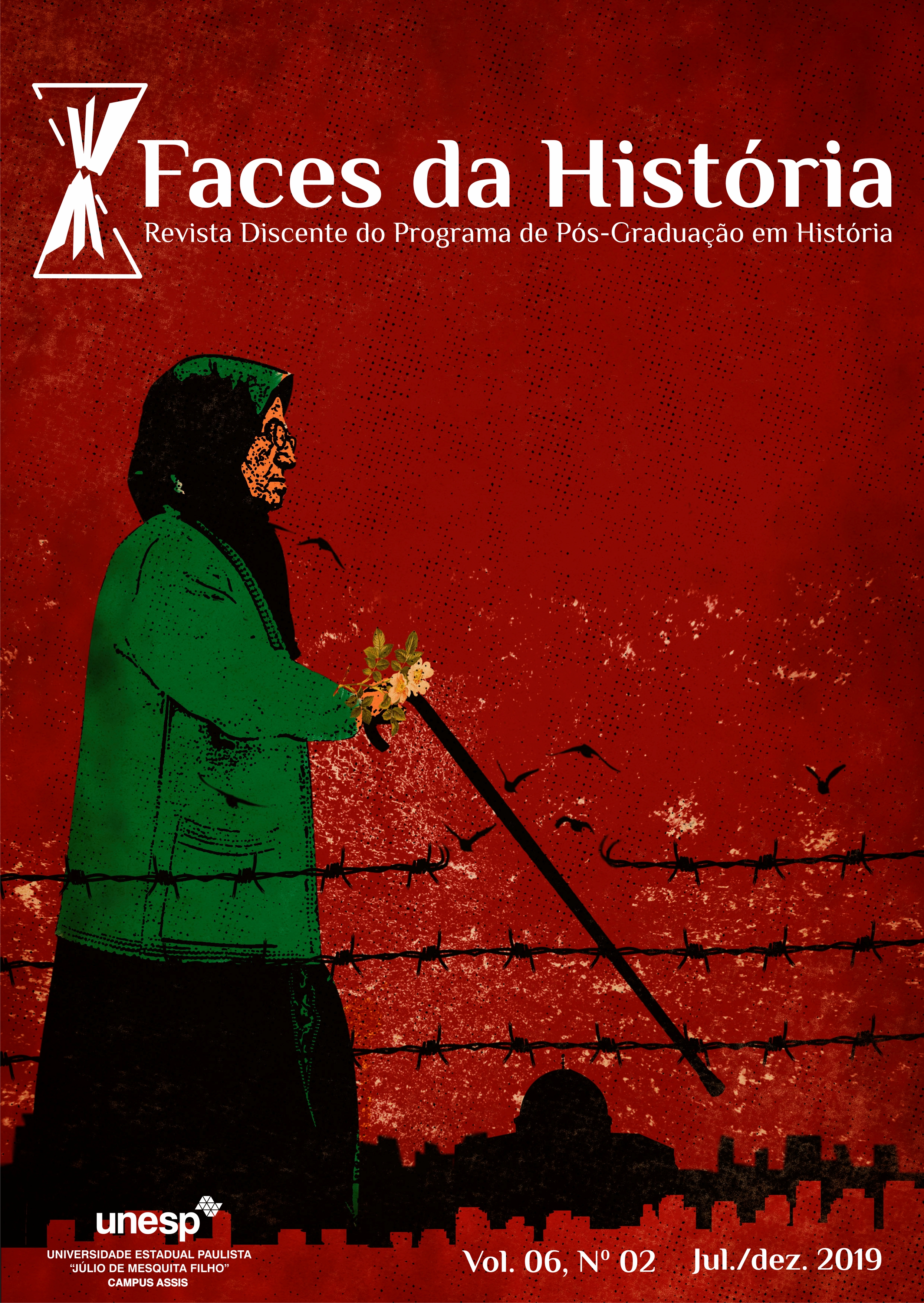The formulation of the antichristian discourse in Japan during the 16th-17th centuries
Keywords:
Mission, Japan, antichristian edictAbstract
Few decades after the first Christian missionaries stepped into Japan, the Japanese leaders who promoted the unification of the archipelago and helped to build a new government throughout the second half of the 16thcentury issued antichristian edicts, first expelling the missionaries (1587) and then banning Christianity from Japan (1614). These edicts carry in their content the reasons why the leaders in Japan thought the missionaries were suspicious and decided to outlaw Christianity. This article analyses these edicts and proposes an analysis for the use of the concept shinkoku – which was translated by the Jesuit missionary Luis de Fróis as “land of Cami” – by this new government, stablished after the unification was completed by the end of the 16th century.
Published
How to Cite
Issue
Section
License
Autores que publicam na Revista Faces da História concordam com a cessão dos direitos autorais dos manuscritos, processo simultaneamente licenciado sob a Licença Creative Commons Attribution (CC-BY-NC), que permite o compartilhamento do trabalho com reconhecimento da autoria e publicação inicial nesta revista. Dessa forma, a Revista Faces da História pode difundir os artigos e trabalhos publicados, em formatos físicos e/ou eletrônicos, incluindo Internet.




